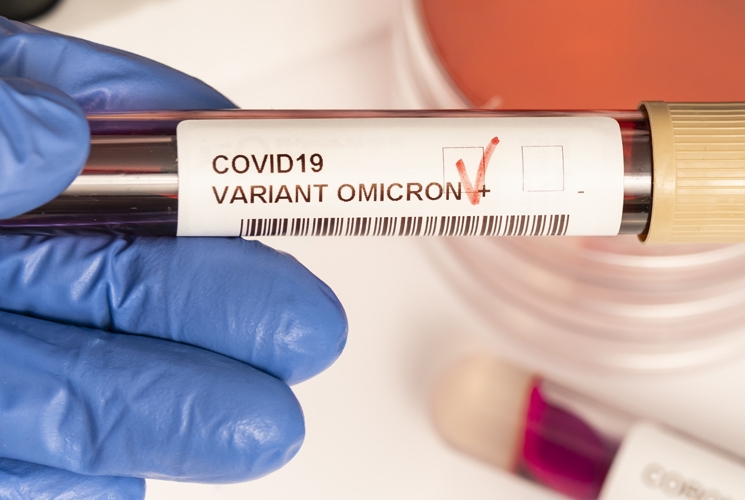The Omicron variant of Covid-19 has surfaced across the globe. First identified in South Africa in November of 2021, the variant has continued to spread rapidly, infecting those with and without vaccines. However, studies reveal that full vaccination along with a booster shot provides stronger protection against potential infection. The booster provides key protection that the two doses of vaccine do not supply.
This adaptation of COVID-19 was recognized originally due to its distinct combination of more than fifty mutations! Mutations are randomized events that occur due to an error in DNA replication. When these errors prove to give an advantage to a virus, this gene will be passed down. In the case of Omicron, many mutations in the COVID-19 virus proved to allow the virus to be transmitted more efficiently. Shortly after its identification, Omicron was labeled a “variant of concern,” according to the World Health Organization.
In the U.S, Omicron accounts for seventy-three percent of new covid cases. It is expected that this rise in cases will burden hospitals across the country and throughout the world. Having been identified in more than ninety-eight countries, Omicron has proven to spread two to three times as heavily as previous variants, including the Delta variant. Delta’s peak within the U.S. was capped at 164,418 cases per day. Omicron has surpassed that, even though it was only recorded in the U.S. less than two months ago! The cases involving Omicron have doubled every two to four days since its discovery. Researchers have not yet determined why Omicron in particular spreads so rapidly, although they have explored possibilities concerning its capacity to invade and multiply within cells. Further discoveries communicate that the antibodies do not hinder Omicron’s ability to invade cells, supporting its rapid escalation, even among vaccinated people. Scientists have concluded that the mutations causing the Omicron variant have changed the shape of its surface proteins. This is the site where antibodies attack the coronavirus. The variant’s spike proteins contain a multitude of anomalies found within other mutations of the virus that are believed to increase the infectiousness of SARS-CoV-2.
Booster shots have been one of the few effective preventative measures proven to fight against Omicron. Those that received boosters of Moderna or Pfizer-BioNTech indicated that boosted antibodies have helped block Omicron from invading cells. Researchers have found evidence indicating that two doses of Pfizer-BioNTech had effectiveness of a mere thirty-four percent, while a Pfizer-BioNTech booster more than doubled one’s protection against Omicron infection.
Whether one has had Covid-19 or not, all are susceptible to the variant. Rate of infection will continue to increase as Omicron continues to spread, meaning there will be an increased risk of SARS-CoV-2 associated with the emergence of Omicron. Overall, it is estimated that the risk of reinfection with Omicron stands at approximately five times higher in comparison to other known variants. While the symptoms of different mutations vary, it has been recorded that the prominent symptoms as a result of Omicron include sore throat, fatigue and congestion. Many of these symptoms overlap with symptoms pertaining to common colds, causing confusion whether a sickness is Omicron or just a cold.
Omicron has become the dominant variant compared to others, and will remain a steadfast infector. Health professionals recommend vaccination against coronavirus and continue to stress the importance of wearing masks, which offer protection against all variants. Self-tests have become available across the country, enabling people to determine within fifteen minutes whether they have contracted the virus. These, however, are not always able to detect if a person has COVID-19, and a PCR test is still the most reliable method of testing. The World Health Organization emphasizes opening windows to improve ventilation, avoiding crowded spaces, being mindful of one’s personal hygiene, and maintaining social distance. The pandemic is not over, and neither should be the safety precautions we take against it.







